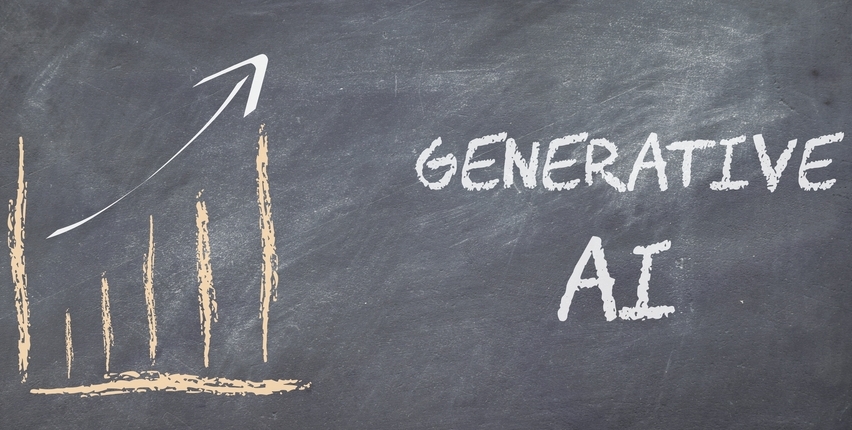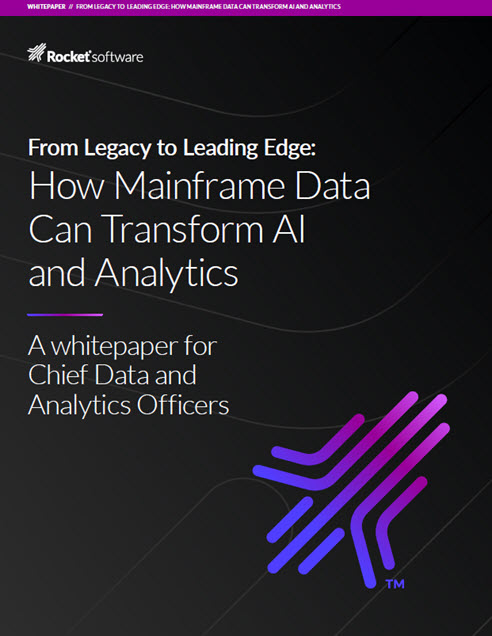Picture this. You’re looking to purchase an SLR camera. Without any further ado, you visit amazon.com to check out the best deals. You find quite a few and add them to the cart, while continuing to review more details. Two days later, having done all your due diligence, you decide to purchase and simply checkout. In a matter of few days, you are the proud owner of an SLR camera.
Now, imagine the same level of ease in obtaining data that matters to you – irrespective of the 4Vs!
But this scenario is not easy to come by. In analytics, we generally use the phrase ‘Insights are only as good as the data we use’. The reason many analytics projects start with this proviso is not because a lot of data is noise, rather a lot of potentially useful data is not defined correctly, rendering it unusable and leaving the analytics solution incomplete.
Metadata helps plug this gap.
Expanding the Scope of Metadata
The world of analytics is closely tied to the notion of big data – larger and larger volumes of data which need to be processed to obtain meaningful business information. The big boom we have witnessed in the recent past though is the rise in variety of data sources available; everything from voice conversations to product searches on an e-commerce website to people movements tracked by satellite.
But here’s where we face a conundrum – the data we’ve been accustomed to thus far was organized, structured, usually available in a tabular or database format. As the number of data sources grow, data formats also multiply. The reality is that it is no longer humanly possible to create metadata for all the information flowing in. However, it will be necessary to know all we need to about the data within the various sources if we are to use it effectively. Making the most of it will require a clear definition of these data sources, if it were to be used for relevant insights generation and consumption. It will be equally important to leverage the basic knowledge that data analysts possess at the tips of their fingers: data, quick summary statistics, data size, dimensions, etc.
Metadata Rises to the Occasion
In its simplest form, metadata provides that much-needed hygiene; it describes the data structures available to us – column titles, data formats, etc. It describes how the data is organized, in terms of file type, when it was created and last modified, and how we can download data from it. Metadata contextualizes data.
A metadata-based approach will enable organizations to work with all their data assets within the same environment. It provides a consistent definition, establishes relations and traceability back to the origin of the data set in question.
So, How Does the Metadata Phenomenon Play Up In an Organization?
Data consumption, governance irrespective
There are organizations that have fixated themselves on their data governance model – centralized or decentralized. Whichever way they sway, metadata ensures business continuity. It translates analytics investment into context and relevance. The smart Metadata helps identify linkages across data sources. It allows teams to collaborate across their internal firewalls.
Monetizing on data from the start
Across the descriptive, inquisitive, predictive and prescriptive analytics spectrum, metadata provides the security of validated data – thanks to its nomenclature and demography.
Faster data consumption
The discipline embedded in metadata translates into ease of analyzing data with the help of quick self-serve tools. This leads to efficient business analysis and insights gleaning off the data. Add a layer of machine learning and the task of finding and defining data is pretty much automated.
In this new age of data analytics, we can now safely say that metadata is no longer just “data about data,” rather a means to also uncover new truths about data. Moving forward businesses need to use strong machine learning and data manipulation skills to augment their data with publicly available information, leading to more robust and actionable business insights.
About the Author
 Sanat Pai Raikar is Senior Manager at Tredence. Sanat leads the internal analytics engine at Tredence as well as its learning academy, TALL. He is on a quest to find the holy grail of standard processes for analytics services firms. Conceptualizing and setting up internal systems to help Tredence scale has increased his awareness of unstructured data elsewhere. When Sanat is not simplifying things at work, he creates crossword puzzles and buys only as many books as he can read.
Sanat Pai Raikar is Senior Manager at Tredence. Sanat leads the internal analytics engine at Tredence as well as its learning academy, TALL. He is on a quest to find the holy grail of standard processes for analytics services firms. Conceptualizing and setting up internal systems to help Tredence scale has increased his awareness of unstructured data elsewhere. When Sanat is not simplifying things at work, he creates crossword puzzles and buys only as many books as he can read.
Sign up for the free insideAI News newsletter.



